What to See, Experience, and Explore at Miami Art Week 2025
We checked in with our former podcast guests who will be inching through Miami traffic, unveiling new works, signing books and revealing new projects this year.
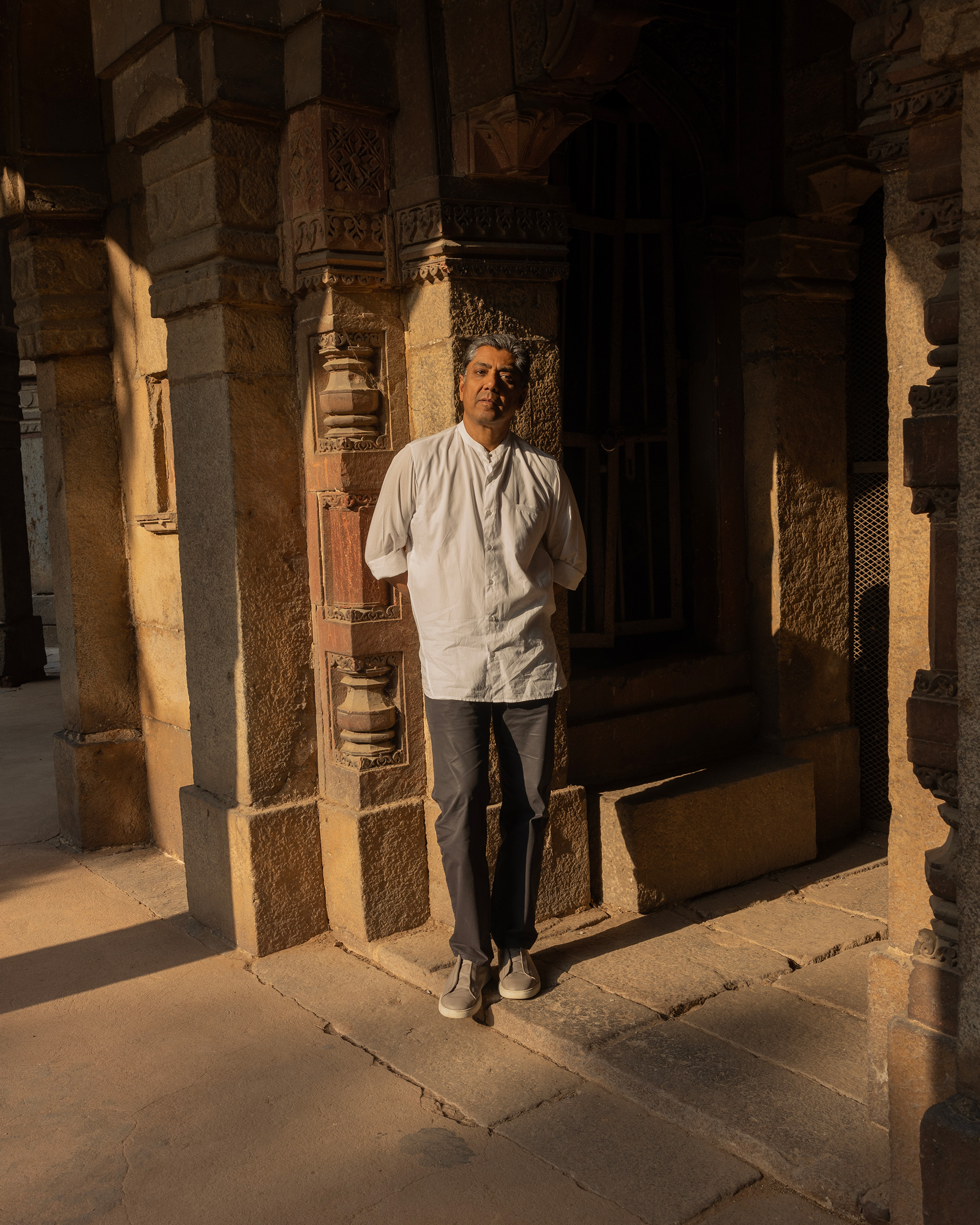
This article is from our first-ever print issue, available for order online now.
If you don’t know the name Vikram Goyal, then my guess is, you will. It’s rare when a talent of the scope and scale of Goyal is globally underrepresented and relatively unknown. However, Goyal lives and works in India, a country that’s growing so fast and with so much opportunity, it’s head-spinning. The country’s remarkably fast-paced environment has been the backbone of his studio practice, which boasts a team numbering in the hundreds, with multiple buildings. At the heart of the studio is a small, aircraft-hangar-type space dedicated to an almost forgotten art form of drawing in relief on sheet metal, called repoussage. It’s a method by which a brass sheet is heated against a wax base surface that protects the metal from puncture. The artist hammers a design into the sheet resulting in something both extravagantly beautiful and totally handmade. The motif ranges from the geometric to the textural to the highly decorative, giving Goyal flexibility to create work that expresses multiple points of view—because he cannot sit still. His studio-created works are flourishing, and he’s designing a new collection of homewares under the banner Viya Home, with plans for global expansion. And trust me, this is just the beginning of something. He’s now represented by Nilufar Gallery in Europe, and my gallery, the Future Perfect, in the States.
I met Goyal for the first time in March 2024 on a trip to New Delhi. A mutual friend had suggested that we meet. I really knew nothing about him, and only at the suggestion of my friend, I visited his studio. I was totally blown away. I really hadn’t researched him at all, and I had no idea what I was walking into when I entered his space. I’m not jaded, but I’m also not as easily excitable as I used to be. Twenty years in the business has taught me that it’s rare when thought leadership, mastery of craft, and a unique point of view come together in a practice. To unexpectedly walk into a superstar’s world is a blue-moon moment. And Goyal is top of the tops.
Picture me in his studio, mind blown, all of a sudden starry-eyed and frothing for more of what this guy is serving. More, more, more! Lucky for me, Goyal and I became fast friends. And even luckier for me, we decided to work together. The Future Perfect presented his work for the first time in the U.S. with a one-man show at Design Miami last December. This coming fall, we have planned an exhibition focusing on the repoussage technique in our New York gallery. It’s just the start of something, which is my favorite part of it all. I get to tell you all about how incredible this work is. I get to excite you with it. I interviewed Goyal in his home on a recent trip to Delhi. We sat down and talked about his past, his present, and his Future Perfect.
Where were you raised as a child?
I was born in Jaipur, but I was raised in New Delhi. And then I went for engineering undergrad to a place which is a very, very small town, basically an engineering-school town in Rajasthan.
So you had a good upbringing?
It is more complicated than that. Let’s put it this way: I was raised in a very nice way, one of the best neighborhoods in town and all of that, but then it went downhill because the business didn’t do well and the family fortune suffered. I was very close to my mother’s side of the family, my mother’s father, and they kind of made sure we were okay.
Was it a big family?
Well, he had three daughters, and so I was the eldest son of the eldest daughter. And I have a sister. And then my other aunt had two daughters, and the third one has one daughter. Lots of cousins. Growing up around a very loving, tight family. The household was both traditional and modern. My grandfather was one of the first few people who studied in England. He went to the London School of Economics. And my mother’s got an M.A. in history. And into reading big time. My father is from Dehradun. They went to Jesuits, I think he went to a Jesuit school, so great English, great command of the English language, et cetera. They were very secular. They didn’t even know about the castes, or what our castes were.
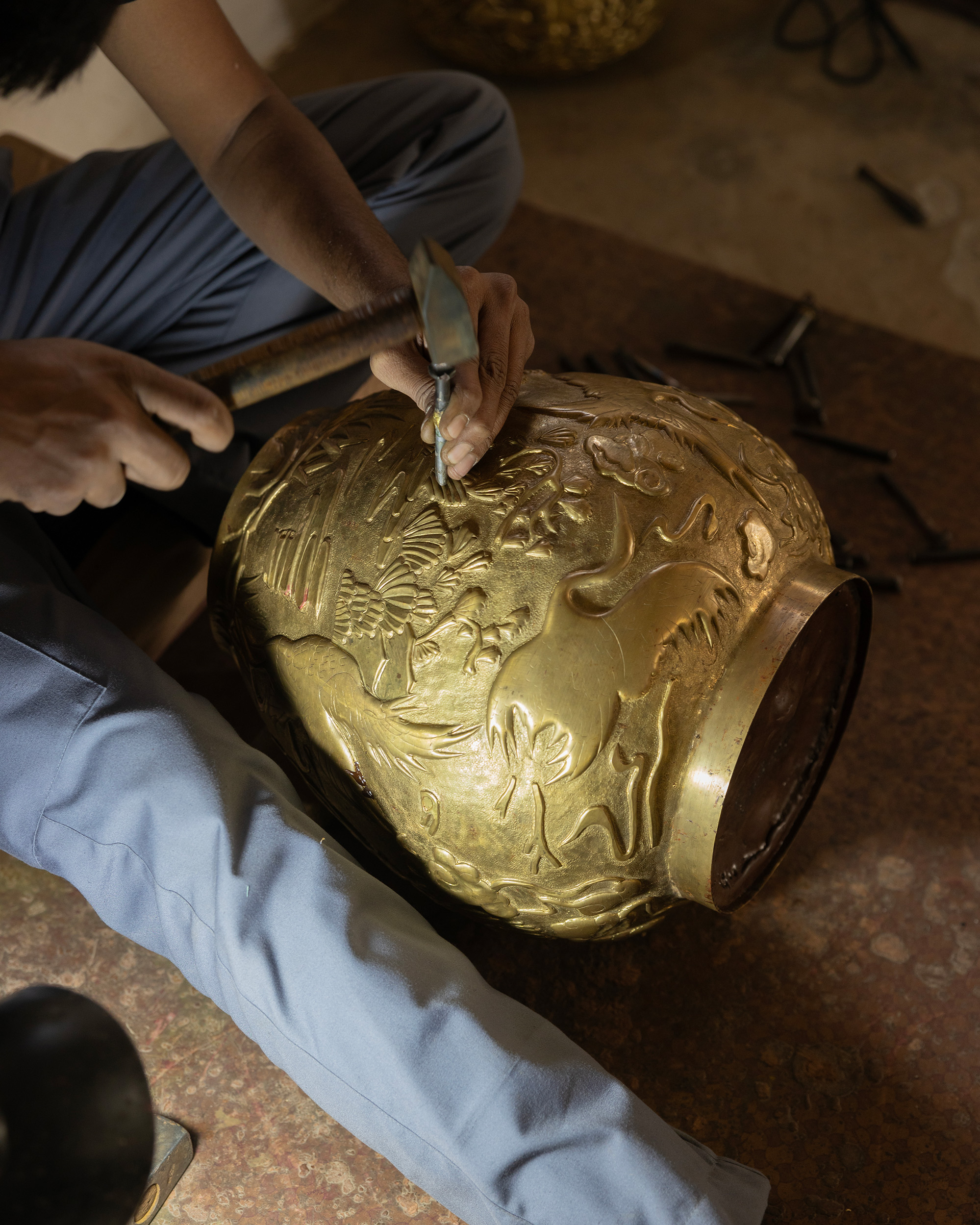
That’s the impression that I have of you, that you’re very worldly.
And everyone around our world has that. In the community and everyone, all my parents, friends, their children, children we grew up with, my cousins. My entire world was worldly. I just discovered a new world when I went to college, engineering college. And there were people from all different walks of life. And I was made aware of different languages, communities within India. It was a real eye-opener.
So you had a very secular, almost Western perspective as an Indian. And then when you went to college, you were introduced to a more Indian side of India?
To a more regular India. I mean, my father’s brother was married to a German, so my cousins are half German. So it is really very, very mixed. And we were ritualistic and traditional, but not overtly religious, if you know what I mean. So we’d go to temples to watch, I mean to pray, but more from an architectural point of view. And then we had Diwali and all the different festivals, we celebrated with the prayers. And there was more ceremony with lights and gifting and crackers and all of that. My mother was very worldly. She was very calm, and I was a really good student academically. I was painfully shy, and she really did her best to introduce me to…I think I came into my being at university, at college. I was very shy until then. She said, “Oh my gosh, this guy’s got no friends.” But she wasn’t overbearing. I mean, I was top of the class, that kind of thing.

Yeah, that’s good. And then at some point you moved to New York?
Before that, I studied. I did a master’s in development economics at Princeton. And I took a year off and worked at the World Bank in Washington, D.C. And then I arrived in New York in 1994. I loved it. I was there till 1998. And they were glorious years. What’s not to love when you are discovering yourself? And New York was really exploding at so many levels from a cultural point of view, creative expression point of view, music point of view. It was just phenomenal. And being around Chelsea and the Village was just—wow. I was in New York until 1998 and with Morgan Stanley until 2000. When the Asian crisis happened, they moved me to Hong Kong to work for Morgan Stanley there, and then I decided to move back to India around 2000.
Why didn’t you come back to New York?
Because I was covering India, working with Morgan Stanley as an India economist. I would come here to India every month, and I saw this whole country was exploding with entrepreneurship and new things. They opened up the economy in 1991. So in those nine years, things were just changing like they hadn’t before. There were private airlines, there was private enterprise. And also it was that time of the TMT boom, telecom media technology. I don’t know if you recall the big internet boom. People were leaving their banking and legal and consulting professions and joining the tech companies. So I kind of said, what am I doing sitting here, when action is happening? So I moved to India to set up a technology company. And in March, thankfully the whole sector went belly-up. And I was like, great, because as I was meeting people and I was saying, my gosh, this sounds similar to what I was doing, this kind of corporate setup. And I always wanted to do something creatively. So I ended up with a friend I knew, and we co-founded this ayurvedic brand, Kama Ayurveda. And then we got two more partners, and then we subsequently sold that. Very soon after setting up Kama, I set up the Vikram Goyal studio around 2002.

So what drew you to the studio practice?
I was always into the visual arts. I grew up in Delhi, with a very rich legacy of art, architecture, and culture. I spent all my childhood in Jaipur with my grandparents, and traveled to Mount Rajasthan. My grandfather was a big collector of antiques and just anything you can name. It influenced me, and I always wanted to do something with craft and design. I was completely self-taught.
So how did you learn?
I used to just devour all kinds of information, reading, galleries, antiques fairs, flea markets, and I just learned. And I’m quoted as saying in India everyone is a designer. So you go to Khan Market and you go and buy all these fabrics. Then you go to your tailor and say, make me this. They’re designing the outfit. The guy comes to your doorstep and you’re designing your cane chair, you’re designing your cane lights. I think it’s everywhere, all over India. They don’t think twice about designing.
So I got hold of one designer, and I found one art designer. Actually, I went to someone who was a doyen of art and culture in India. And they gave me a list of six names of people who’d worked in the India exhibition. Someone had done leather puppets, someone had done embroidery, some had done metal. There are six so-called master craftsmen. And they were conferred this title by the president for great accomplishment in their field. And I didn’t really get excited by the leather puppet guy or the embroidery. And I found this metal guy in his garage making the most beautiful things in sheet metal. And I said, this could be fun. And then I had one designer. And then we got more metal people and more designers, and that’s how it started. So it happened by chance.
I knew I wanted to work in this field. Even in college when I was studying engineering, my room was the only interior-decorated room, if you know what I mean. There were many nature paintings and I had tablecloths, and everyone else had this Spartan army kind of room. I was always decorating stuff while growing up, decorating around the house and moving things around. And so it was somewhere there inside me. I loved it.
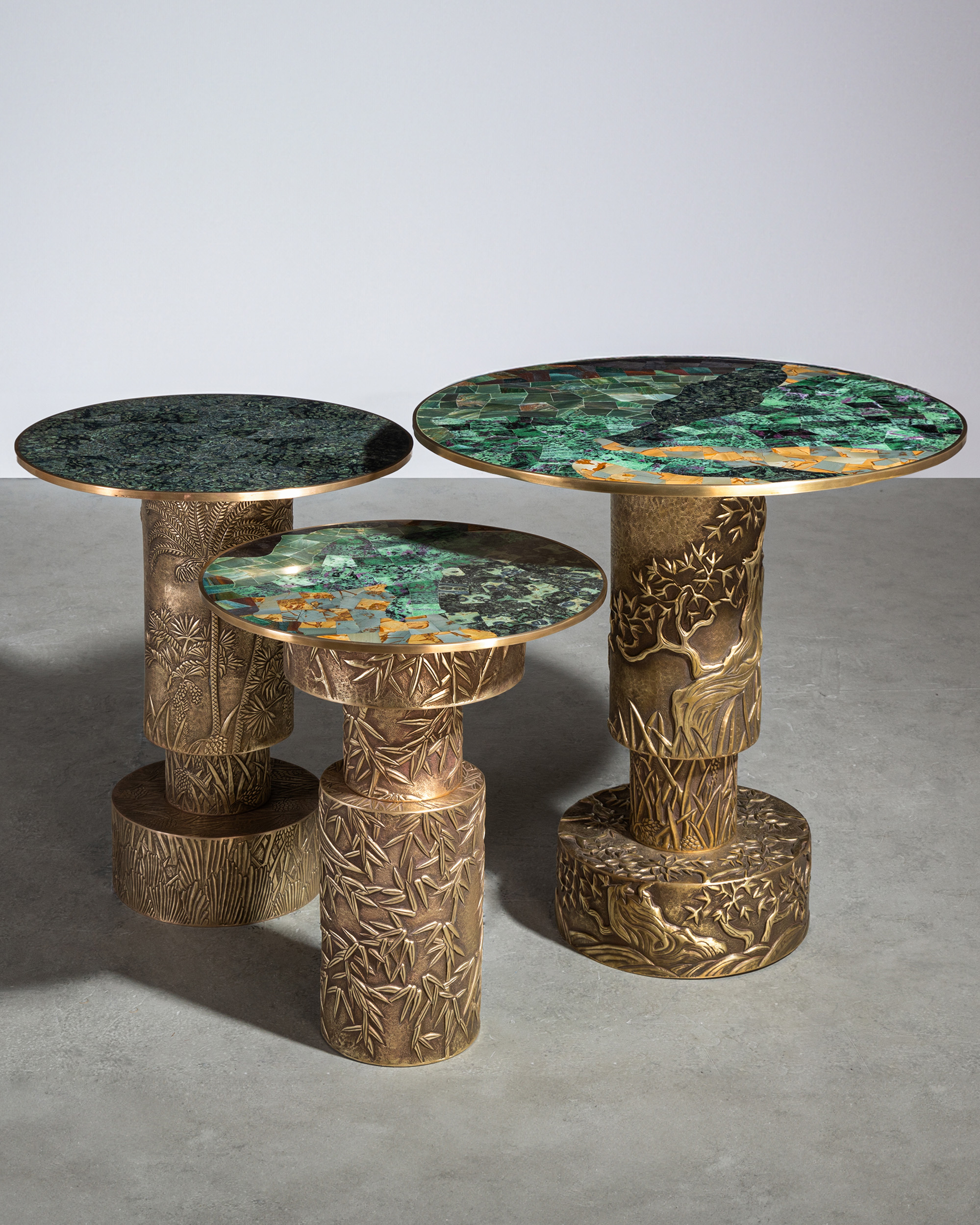
That’s great. So you grew up in Delhi, you moved to New York, you spent time in D.C. a bit, you went to Hong Kong, then back to Delhi. What have you taken from each of these locations in a nutshell?
That I’m very much a cosmopolitan city kind of guy. And I need to be around lots of creative people. I didn’t love Hong Kong. I didn’t speak the local language. And it is all very business-like for me. I mean, ironically, I was at Morgan Stanley. But having lived in New York, I’d been spoiled. Even Washington, which was very conservative, didn’t have it. It had pockets that were aware, but not the New York kind of aware. So I really was working for one of the best, most professional organizations in the world, Morgan Stanley, where they had a great no-discrimination kind of policy. It was really above or to the law, to the letter of the law. And so that was in terms of the company. So moving to India, moving to Hong Kong was an issue. But moving from Hong Kong to India wasn’t, because Delhi is a cultural capital. There are a lot of creative people, and there’s a lot happening. Not at the same scale as New York, but there’s a lot going on here. So I knew this was where home would be.
And what did New York give you?
New York gave me all the art. Big-time art and food and personally, I mean dance, music. It gave me all of that. And also it really gave me a sense of individuality, of being on your own and being able to survive, cope, succeed in a competitive world, in a cosmopolitan world. It took any sign of awkwardness or shyness away from me. New York is really where I kind of blossomed. New York tells you that you’re not alone anymore, however and whichever way you want to be.
During the time you’ve been in Delhi, there’s been a boom, but what have you seen change in design?
When I first arrived, there wasn’t very much Indian design, and we were the champions of the so-called India Modern sensibility. You had it in fashion, but that’s it. And by India Modern, I say giving more contemporary design an Indian twist. So when we first started, I was looking at Indian things. My work was Indian-inspired. So we were looking at domes in Delhi’s architecture. We were looking at things, finials atop monuments, elements from traditional paintings, and working with those motifs in very large sizes, large sculptural interpretations. And that was where design was at. Since then, it’s been 20 years, now 22 years. The scene has changed a lot. It’s still nascent, but it’s changed a lot since when we were there. But from a supply point of view, there are more designers here, and more of them are increasingly engaging internationally. And from a demand point of view, at that time, people were just, of a certain income level, buying truck-loads of containers and truckloads of furniture from Italy. And they’re still doing a lot of that, but now there’s also more appreciation for homegrown Indian-made design.
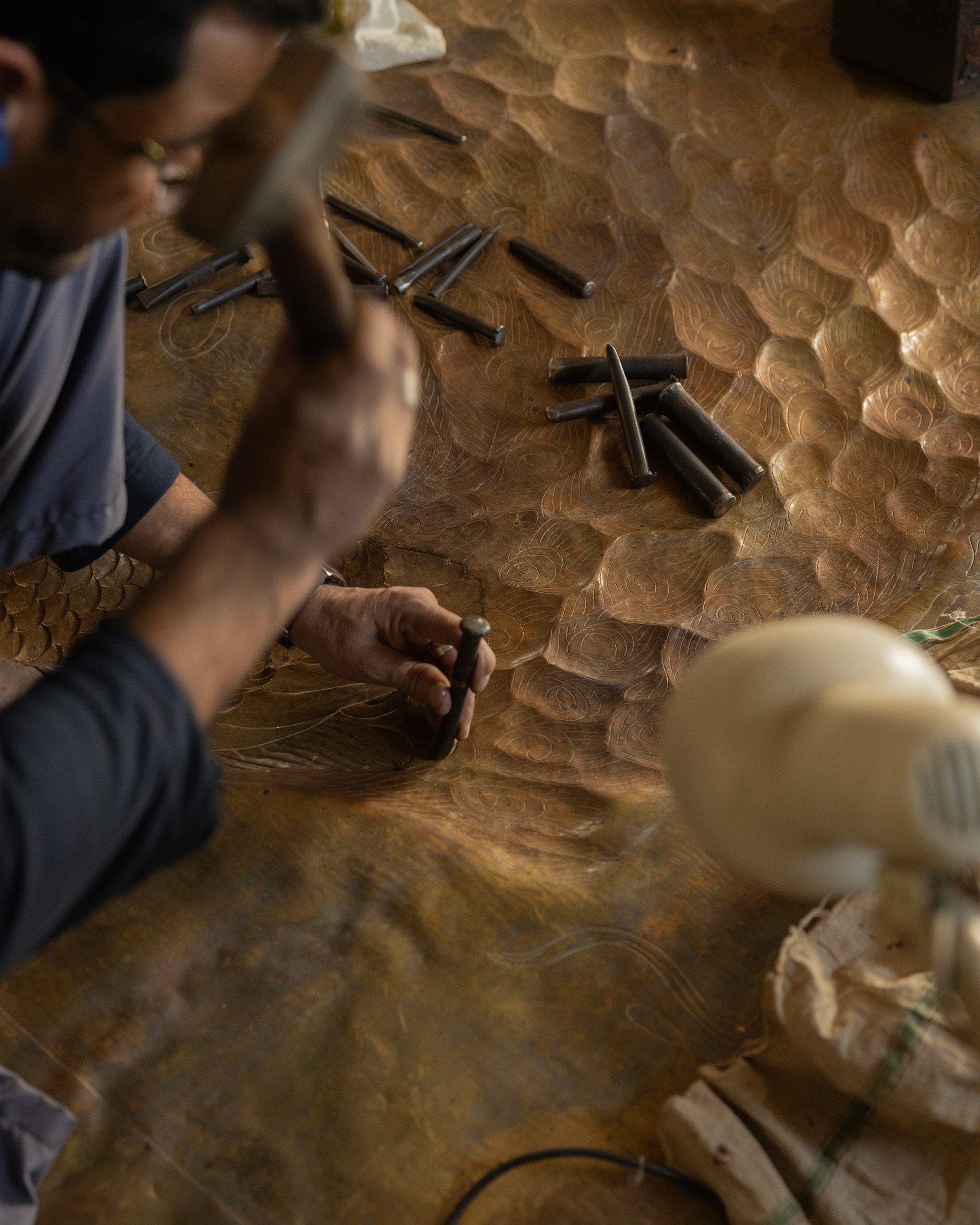
And we’re working with you at Design Miami this year, kind of opening up the American market.
I’m publishing a book on the history of the country’s design for the last 75 years. And it’s incredible what change occurred from 1947, when we got independence, to the 1980s, when we were growing up. And the institutions then, which actually really ranged from setting up the National Institute of Design to wonderful local architecture, local materials, there really was a lot of that. And I didn’t see a lot of that for a while. And I’m seeing the resurgence of a lot of that again.
A returned appreciation to traditional craftsmanship?
Yes, and also, craft was considered “ethnic.” So anything where you saw design, there was no design intervention. And that was with clothes to the weaving. And there’s a certain kind of person who wore woven shirts, and who had woven fabrics, and who had those terra-cotta pots. There was a certain kind of intellectual liberal. In India you call them the jholawala, the guy with the cloth satchel coming to university. It’s a way of saying left-wing intellectual.
Okay, so a left-wing appreciation of ethno-craft? The kind that plays hacky sack and burns incense.
It’s not fashionable. I appreciate that. So when we started working with brass and all that, people were very amused. Here’s this Morgan Stanley banker working with brass.

Do you still align spiritually with Hinduism?
My religion is Hindu, but we have the old sacred texts, the Upanishads, they tell you all about the Vedas and the set of books. And so as I get older, I’m aligning more spiritually. It has a very obvious impact on your work. So spirituality is different. I’ll tell you how it comes in. The Upanishads tell you that you should try and be the best version of yourself in whatever you do. Be the best version of yourself. And not to look at your goals as your goal, but the pursuit of the goals as your goal. So the pursuit of life or the pursuit of your goals is your goal, which made me just stick to doing what made me really happy. That’s what aligns with that. This is what makes me happy and keeps everyone around me happy. That really is the essence of my work. As far as the deities go: This whole area of repoussé, which we’re trying to revive, there’s a big market for that. And that paid for my experimentation work. And we’ve always been stretching our boundaries with materiality. I mean, so basically the deities, it pays. There’s a ready market for it in India.
As an outsider looking in, what I saw was you have a signature style. And the application of that brings a modern twist to some of the more traditional work. And I can see with some of the works, that they are definitely more for the Indian market, but they still have a similar integrity because of the voice that’s being used in the world.
And also we’ve pushed the repoussé technique through the medium of the deities. Because of the amount of detailing which has been used, we really stretched and experimented with materiality and this technique because of the deities.
So the deities afforded you the ability to…what?
Educate myself and bring to life the other things which I enjoy, whether it’s the Garden of Life, which we’ve gotten Design Miami to the second passage, to any kind of thing. Because once you’ve done human, not human, you’ve done figures, then you get the confidence to do other things.

About the repoussé, talk a little bit about how you brought that in. Was that part of the initial studio?
It was, but in a very different way. We did those long finials. This is not repoussé, but we did the long finials with repoussé. It happened organically. And then we got into one thing, and then I think it just made one small panel, then one larger one, then something larger. And now we are doing a 60-foot panel. So it just happens organically. Everything we’ve done is by chance.
But you worked with repoussé as an external resource to start, and then you brought it in-house? Or did you think to yourself, this is an amazing craft. I’ll bring it in-house and I’ll use it?
And this is an interesting part. When I started working, I was working with independent craftspeople, like Rameshji, who was the first metalsmith I worked with. And then I worked with a number of these clusters, very disorganized. We gave them money in advance, had them upgrade their tools, provided our people there with quality, paid them, et cetera, et cetera. But that model didn’t work well because there was a wedding in the family, the factory was shut. And you can’t explain to your client in America that, look, this is shut. So after a lot of frustration, we set up our own studio. And I’m neither an artisan, nor am I a designer, but my intervention came into this workshop where we now employ about 200 people. We have artisans, we have designers, we have architects, managers, production people. There’s a whole setup.
And that allows me to experiment. Because if I was to go to a really good foundry, for example, the better they are, the more snobbish they are, and the more picky they are. They’re not going to sample and cause they’ve got their revenue coming up. And so it really allowed me to experiment and push the boundaries of the material, and also go with scale. I can really now take things and do this 12-foot-long console or whatever. And it’s all come with sampling, endless sampling, because I’m not a trained designer. I think and look in 3D. So these samples, we get a sample in a couple of hours. It’s a real treat to be working with your own studio.
Everything started very organically. So repoussé is one part of it. It resonates with a lot of the audiences, because it brings to life all the things one enjoys, whether it’s an Indian painting, mural inspired by Rousseau, called Rousseau’s Tropics, Art Deco. It helps you bring it to life, so it resonates with a lot of people.
And then what else are you doing, craft-wise, in-house now?
We work mostly with sheet metal in-house. So that’s a big distinction. Most metal studios work with casting, wax casting or sand casting. We do cast work for the new line. So mostly we work with sheet metal. Only for one of the collections, the Song of the Forest that I’m showing with the Future Perfect, we work with sheet and cast.

Can you explain your studio’s structure a bit?
We’ve got the Vikram Goyal studio, which has been focusing on collectible design. And we work through galleries with Nilufar, and we’re going to start working with you, for the United States. And then we launched Viya, which is also a craft-based brand, but it goes beyond metal. And we have cane, we have rope, we’ve got soft furnishings, block printing, and embroidery. Many Indian skills, many Indian crafts. So it’s an Indian artisanal story, contemporary aesthetic. But every product has a narrative rooted in some form of India, whether it’s a myth, fable, mountain, river, something connected to educating the world about India.
That’s beautiful. And by preserving craft and tradition in-house, and it sounds like also externally, you’re having an economic impact.
So unfortunately, what survives are the organizations that have it together. Because dispelling the notion about quality in India takes a lot of effort. So you can’t afford to take a chance with an organization that doesn’t have its game together. So if I’m working with the block-printing guy, it has to be the best block-printing person. If I’m working with the cane person, it has to be the best cane artisan. Only because we’ve got that image to maintain. So it’s linked so strongly to the parent brand, where we spend 20 years getting our quality right, teaching our team and advancing them. But we’ve only done that in metal. So now for this new brand, when I’m working with other crafts, I hesitate to go to someone unless they’ve got it right, unless they’re already professional. There’s also a domino effect; we are now inspiring a lot of other designers and design houses to come out and work with craft. Thanks to social media, you don’t need a store. Anyone can be an entrepreneur. We have inspired a whole bunch of younger designers.
But to give you some credit, you are one of the first who applied a modern design aesthetic in India. I mean doing this in the year 2000 or so, it was very cutting-edge at that time. Now I think there is a community.
The more we started engaging with the West, and showing our work, and meeting architects and designers, the more we learned that there’s a world outside.
When it comes to your materials, how do you know when to adhere to tradition and when to break from it?
So look, the material I use is a traditional material. It’s brass, which is kind of the poor man’s gold, and India’s obsessed with gold. And you see it on your ornaments, on yourself, on temples—everywhere it’s gold. Brass is an impure metal, yet it’s used in pure occasions.
You’re also doing embroidery work, too, correct?
Yes, all my work has deep roots in India. There’s intergenerational expertise. So we are not working with, say, stainless steel. It doesn’t excite me, and it’s a modern material. I like legacy. I mean, I grew up in Delhi and Rajasthan, where it’s all about big palaces. I didn’t grow up on a farm, otherwise I’d be doing very minimal kinds of things. I’m inspired by glamorous large things, which make statement pieces. And it probably has to do with this nascent thing in my head about palaces and paintings and everywhere. North India is full of them; there’s a grandeur to it.
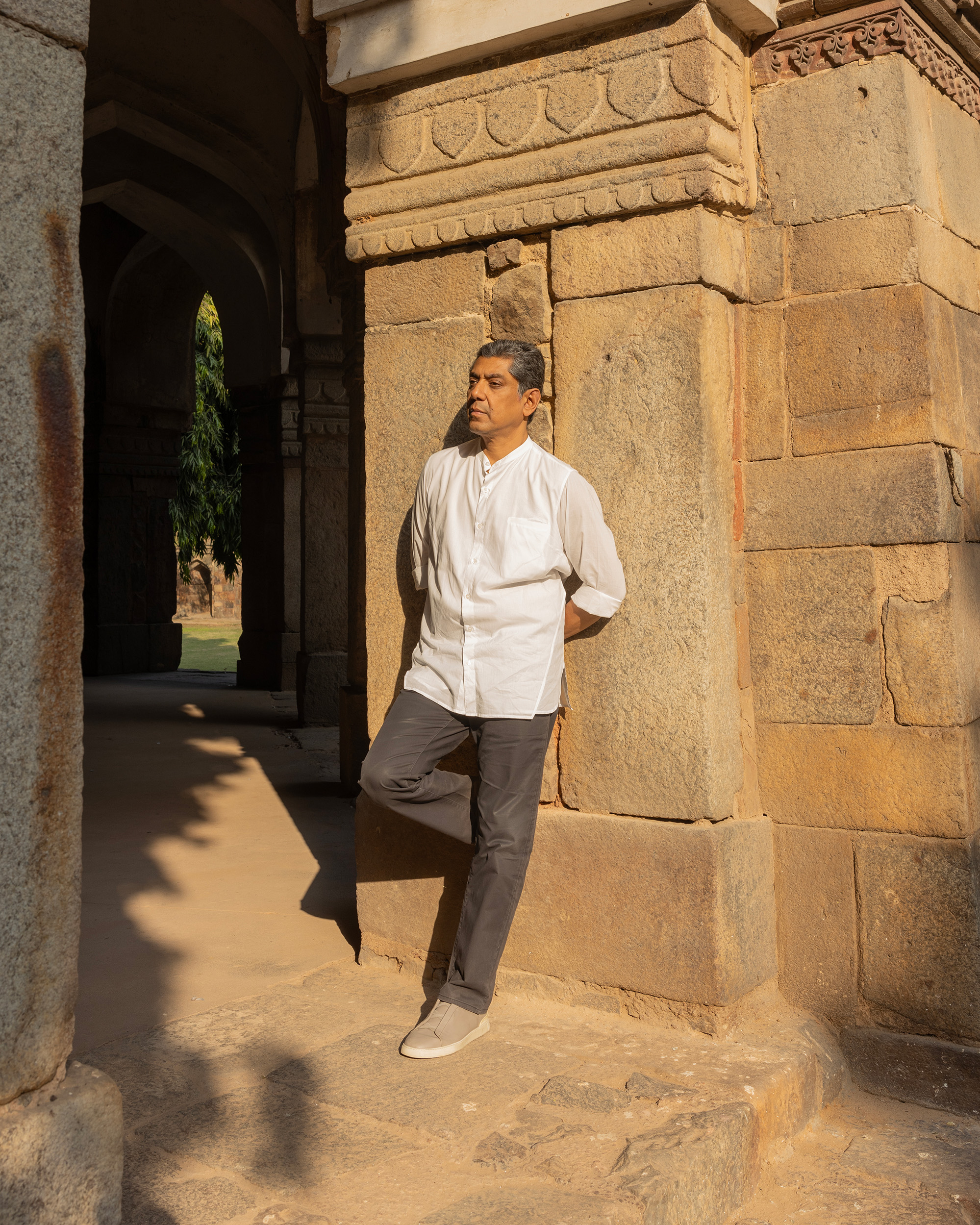
You once had an interior design practice. Why did you step away from it?
Because I think I found it was stifling my creativity. I’ve done interior design for some of my own projects, and there’s complete freedom. And then to have to get someone else’s views, and then they start to tone down what I’m thinking, then I don’t get what I ideally like to have done. So it is a mess, and I just said it’s not worth it. And I have more fun. I don’t have the time. I have more fun with this new brand.
So basically it’s clients.
You could say that. You have to have clients who respect your vision fully.
I think a designer is a magician because they have to convince a client to do something really amazing and risk-taking. It’s a big ask.
But then that’s how you have some great interiors, because those people are allowed to do what they want to do. Because the client has not done so much, doesn’t know the world of interior design as much as the interior designer. So can certainly never understand the vision of the interior designer. People try to design my products, too, and it comes out disastrously. And sometimes you do it because you need the money coming in, but it’s not the ideal path. Now there are people who say, “Have you tried this?” And they come up with great ideas, but I think clients should just leave them as ideas or suggestions, as opposed to saying, “No, this is the way I want it.”
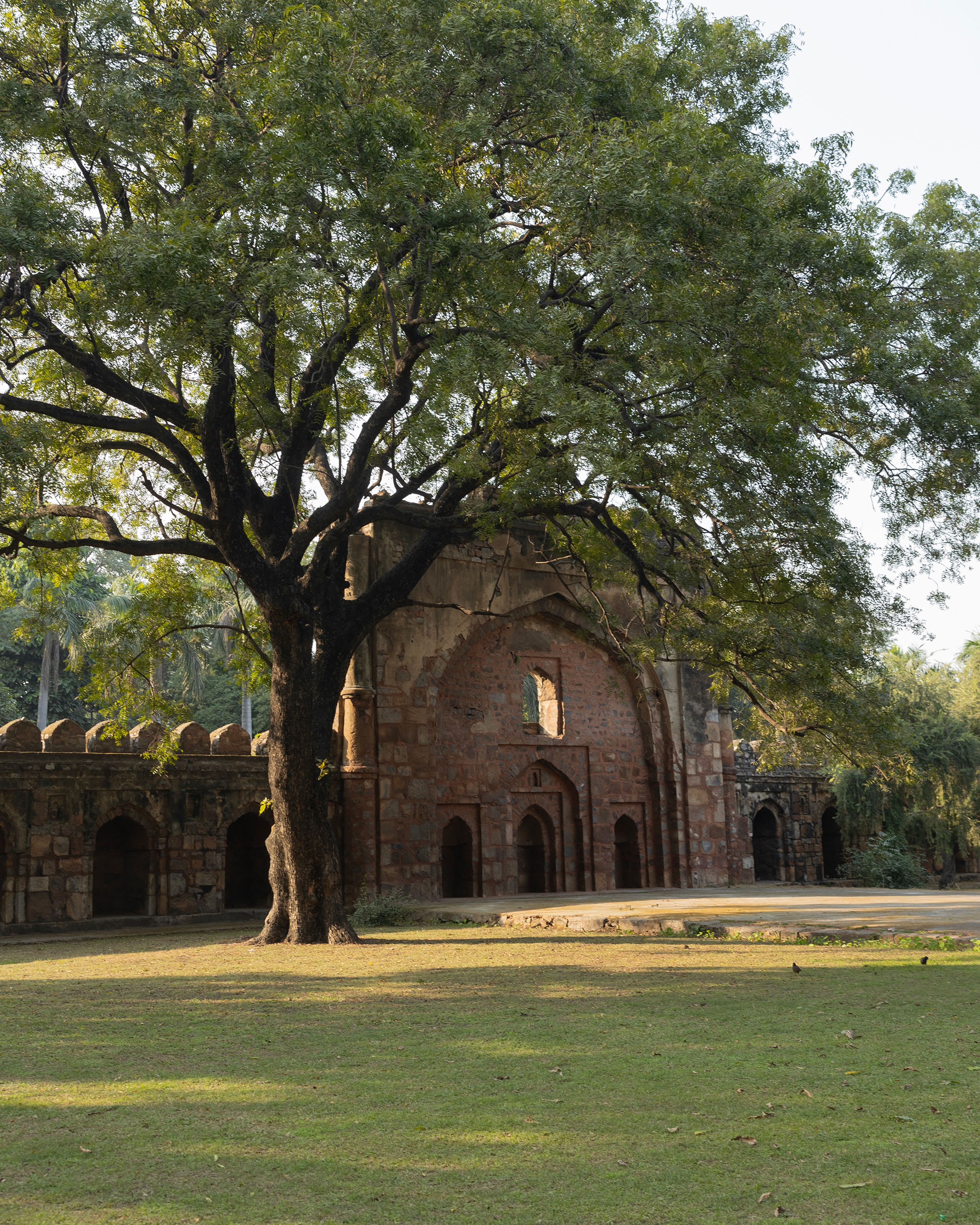
Do you consider your work an expression of your personal identity?
I mean, it depends on what sense. Yes, because I consider myself broad-minded enough to be doing deities and contemporary stuff. My work today is my personal identity.
When it comes to our plans together, Design Miami is your U.S. debut as an artist, which is incredibly exciting, especially for me. What does the milestone mean to you?
It’s the last mile, America. Gosh. It’s a huge milestone. And to come back to America from where I started. It’s full circle. From an analyst in the Morgan Stanley office to coming in and having my own show is a terrific journey. I wanted to represent a couple of different languages from the studio. One is, of course, repoussé, and I wanted to show the Garden of Life, which is my take on the flora and fauna along the Silk Route, with some monkeys and peacocks thrown in. It was just something which was fun to do. And I thought Miami would be a good place. We have the palm trees and bamboo and sakura, and all these other kinds of plants, and it just felt like the right place to show it. And we’ve got other tropical-inspired repoussé tables. Then we have some works in our hollow joinery, which are more organic and contemporary. And then the Song of the Forest chandelier and sconces and table, which is the combination of both sheet and cast metal. They’re more brutalistic. I think we wanted to show something of all the different languages. And then we had the very structured Palazzo benches, which are kind of architectural.
Do you have a favorite piece?
I keep coming back to this theme of the Garden of Life. I don’t know why. It’s joyous, and I showed a Silken Passage at the art fair in January and in Delhi, and now this is a new interpretation. I’ve played with colors, I’ve played with semiprecious stones. I’ve changed it, and I’m going to come back to it in a different way for the new art fair. And I like it. It’s happy. We are going through some miserable times around the world, so I say, let’s look at some things that make us smile.
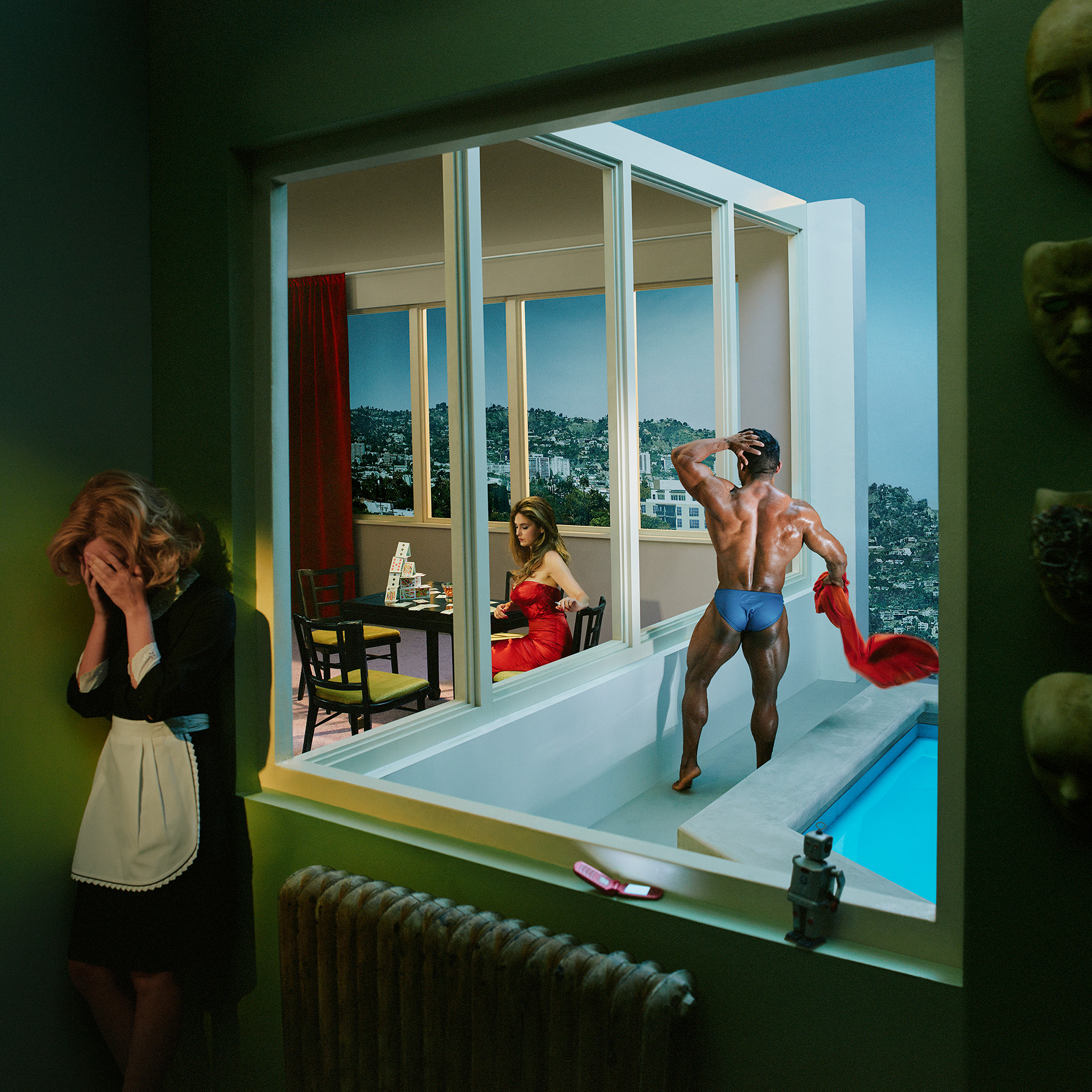
We checked in with our former podcast guests who will be inching through Miami traffic, unveiling new works, signing books and revealing new projects this year.
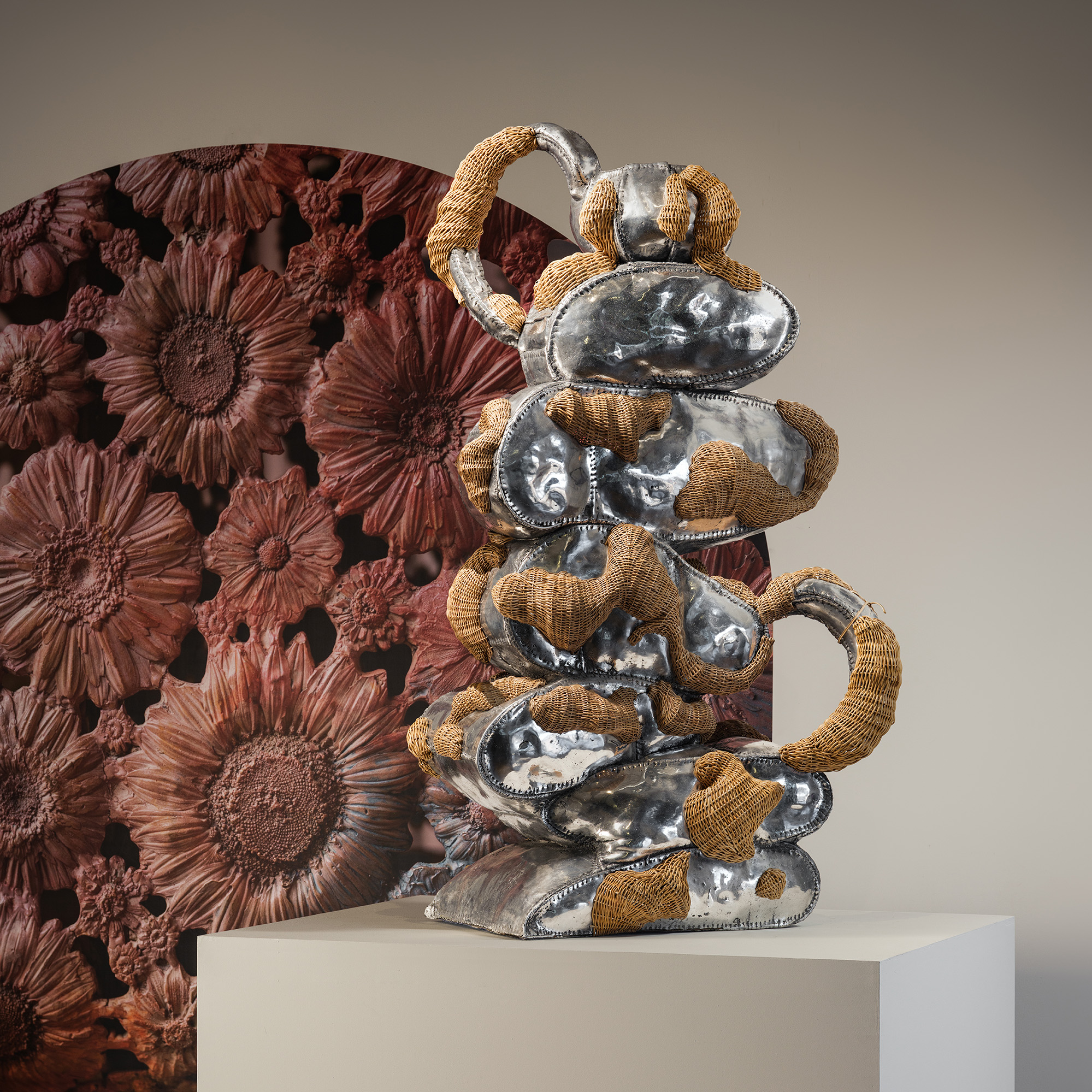
The ecstatic designs of Chris Wolston come to Texas, Juergen Teller's most honest show yet opens in Athens, a forgotten Cuban Modernist is revived in New York, and more.
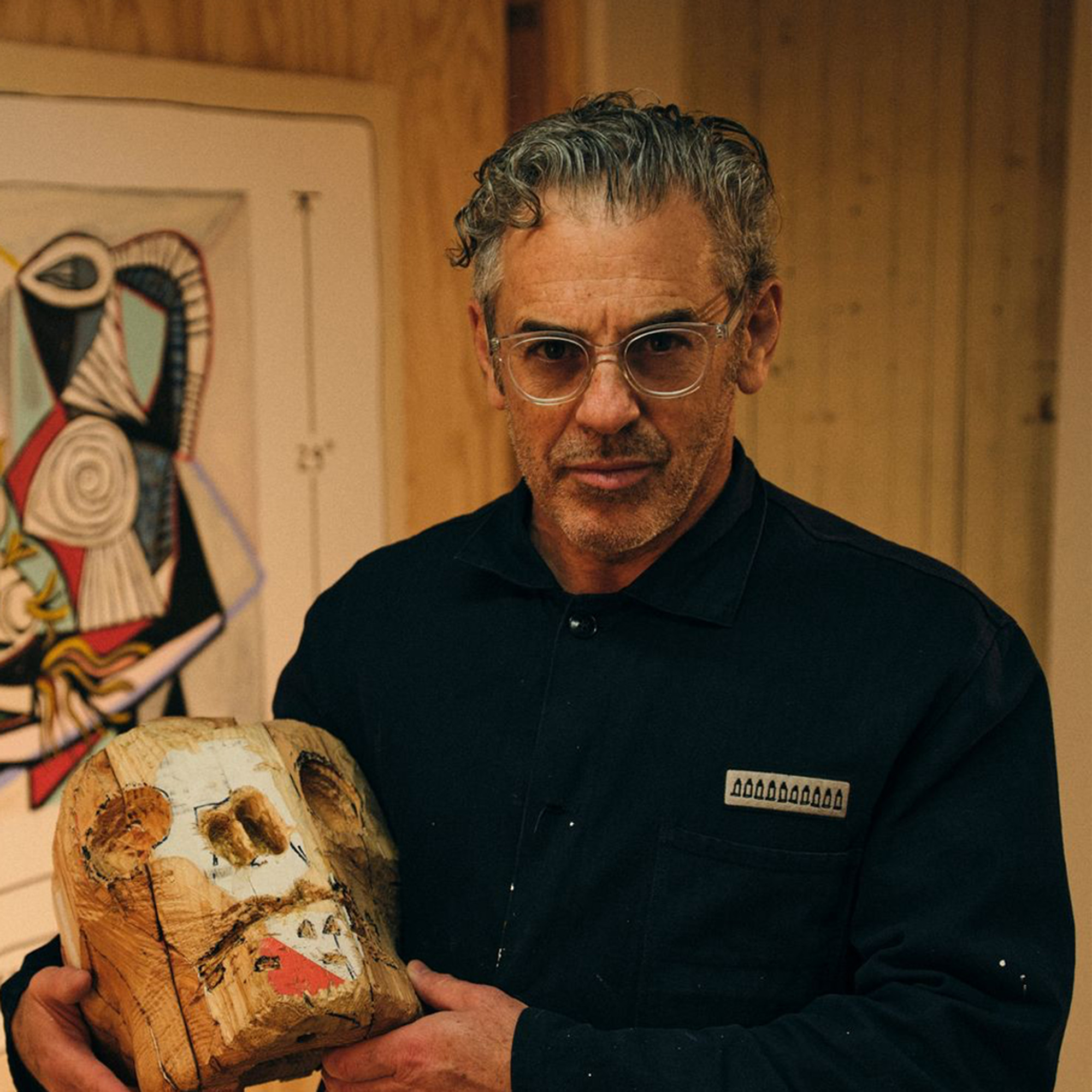
Tom Sachs explores various creative disciplines, from sculpture and filmmaking to design and painting. On this season finale, Dan speaks with Tom about his accidental journey to fine art, how an installation in a Barneys window kickstarted his career, and more.